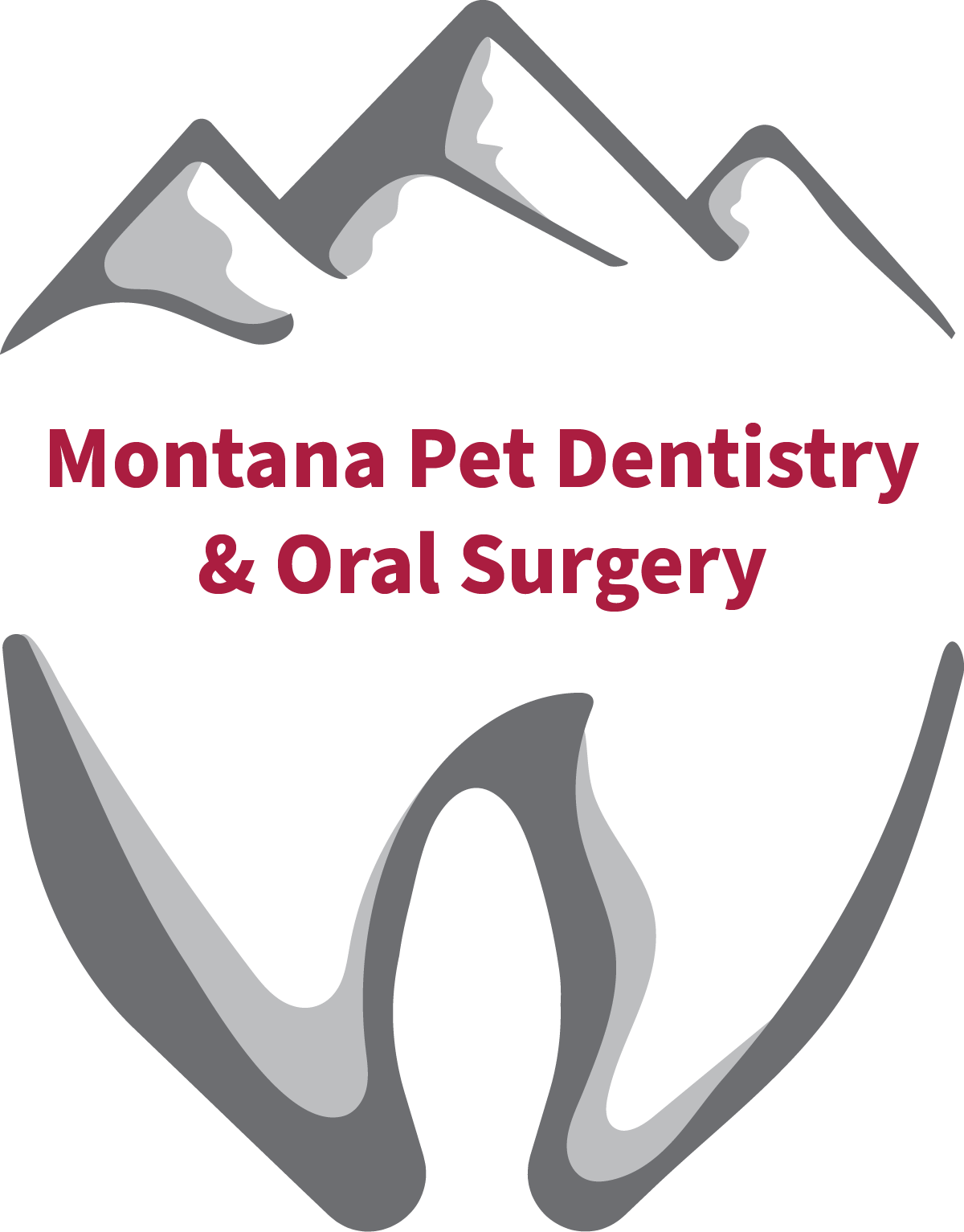Extraction of primary canine teeth is commonly indicated in dogs. When permanent canine teeth first erupt, the corresponding primary tooth should be mobile. If it is not, it should be removed ASAP to prevent displacement of the erupting permanent canine tooth.
Tooth Extraction in Puppies
In puppies with malocclusions, the primary canine teeth may be locking the maxilla and mandible into abnormal positions, which can interfere with normal coordinated growth of the jaws. The most common example of this is a patient with a class 2 malocclusion (overbite) with base-narrow lower canine teeth creating holes in the palatal soft tissue that serve to maintain the malocclusion.
Extraction of the primary mandibular canine teeth should be performed in these patients as early as 8-12 weeks of age to give the maxilla and mandible a chance to develop normally. When primary teeth are extracted to help correct a malocclusion, this is termed Interceptive Orthodontics.
Dog Tooth Extraction Process
Contrary to popular belief, when extracting primary canine teeth, the entire root needs to be extracted. Retained roots from incomplete extraction are not always resorbed and may remain for the life of the animal. We have seen multiple patients over 15 years of age that had retained primary tooth roots with radiographic bony changes and draining tracts associated with the root remnants.
Challenges of extractions.
Complete extraction of primary canine teeth can be challenging for a number of reasons. The length of the root, presence of root curvature and areas of resorption in the root all may contribute to fracture of the tooth during extraction. The primary canine teeth are located very close to the developing permanent tooth, which can easily be damaged. When treated as a surgical extraction rather than a closed extraction, these teeth can be completely extracted while avoiding iatrogenic damage to the adjacent permanent dentition.
The following technique works well when extracting primary teeth.
Step 1: A dental radiograph should first be taken to assess the anatomy of the tooth to be extracted. This radiograph will also show if any permanent dentition is missing so that you are not blamed when a missing tooth fails to erupt later on. You might also find out that the root has already resorbed, simplifying the procedure.
Step 2: A linear incision is then made directly over the primary tooth, extending halfway down the root.
Step 3: A periosteal elevator, such as a Molt elevator, is then used to elevate the gingiva and remove the bone over the root approximately halfway down the root. The flap is opened up and the bone removed partway down the root. Once the coronal half of the root is exposed, only the apical half of the root will require elevation.
Step 4: Using a #2 or #3 winged elevator, the root is then gently elevated on the mesial and distal aspects until it is mobile. Take great care to keep the elevator directly on the root surface and away from the permanent tooth. It is important that you make the incisions, perform the bone removal and elevate the root primarily on the side of the root away from the adjacent permanent tooth.
Step 5: Once the tooth is mobile, grasp the crown with a small extraction forceps and pull gently along the long axis of the tooth while rotating the tooth very slightly. Due to the curvature of the root, twisting the tooth more than 5-10 degrees increases the likelihood of fracture.
Step 6: After the extraction is complete, the site should be sutured with absorbable suture material. The extracted dog tooth will show how long the root is compared to the crown.
Download Newsletter (PDF)
Photo by Jamie Street on Unsplash (11/2/2020)
